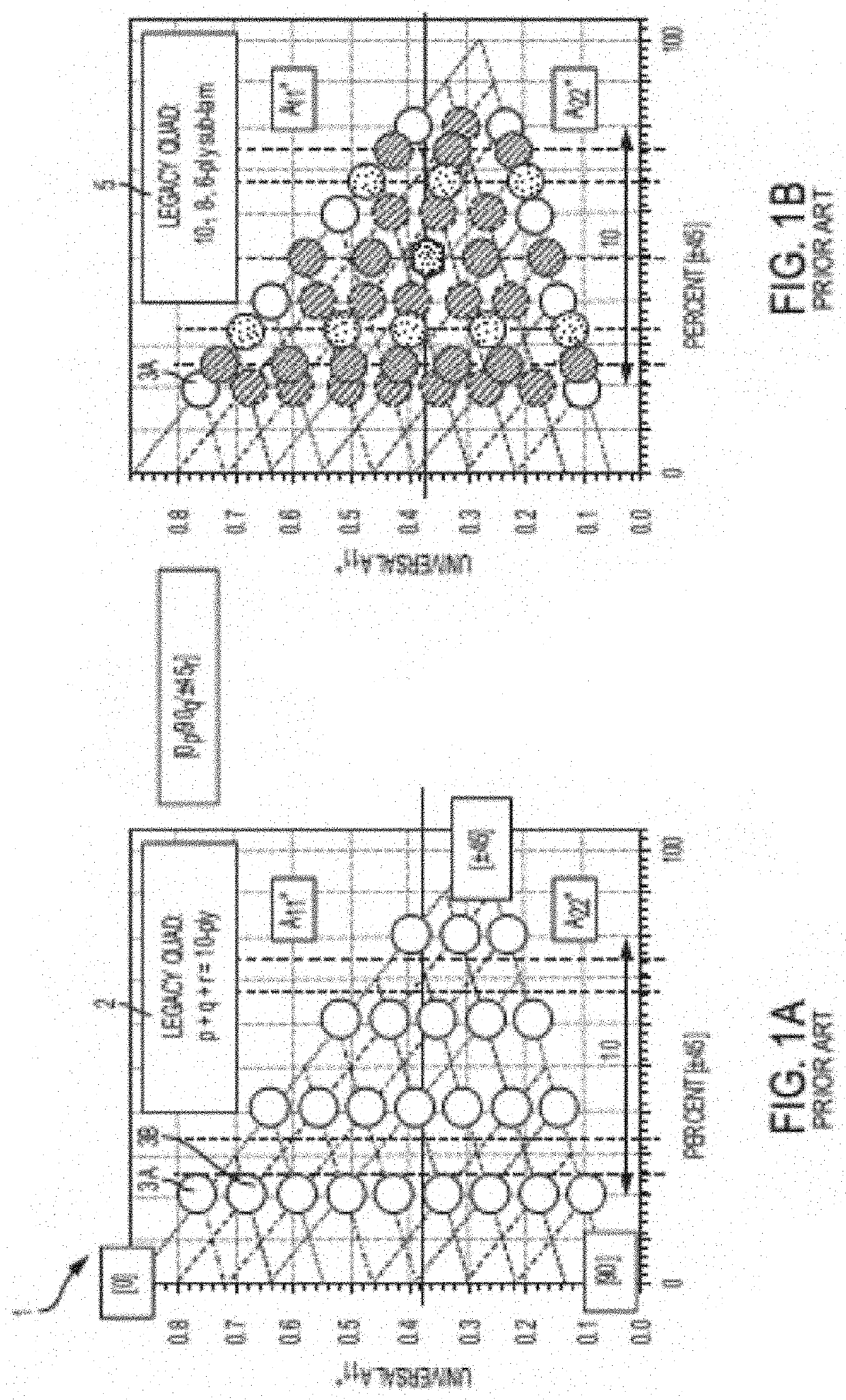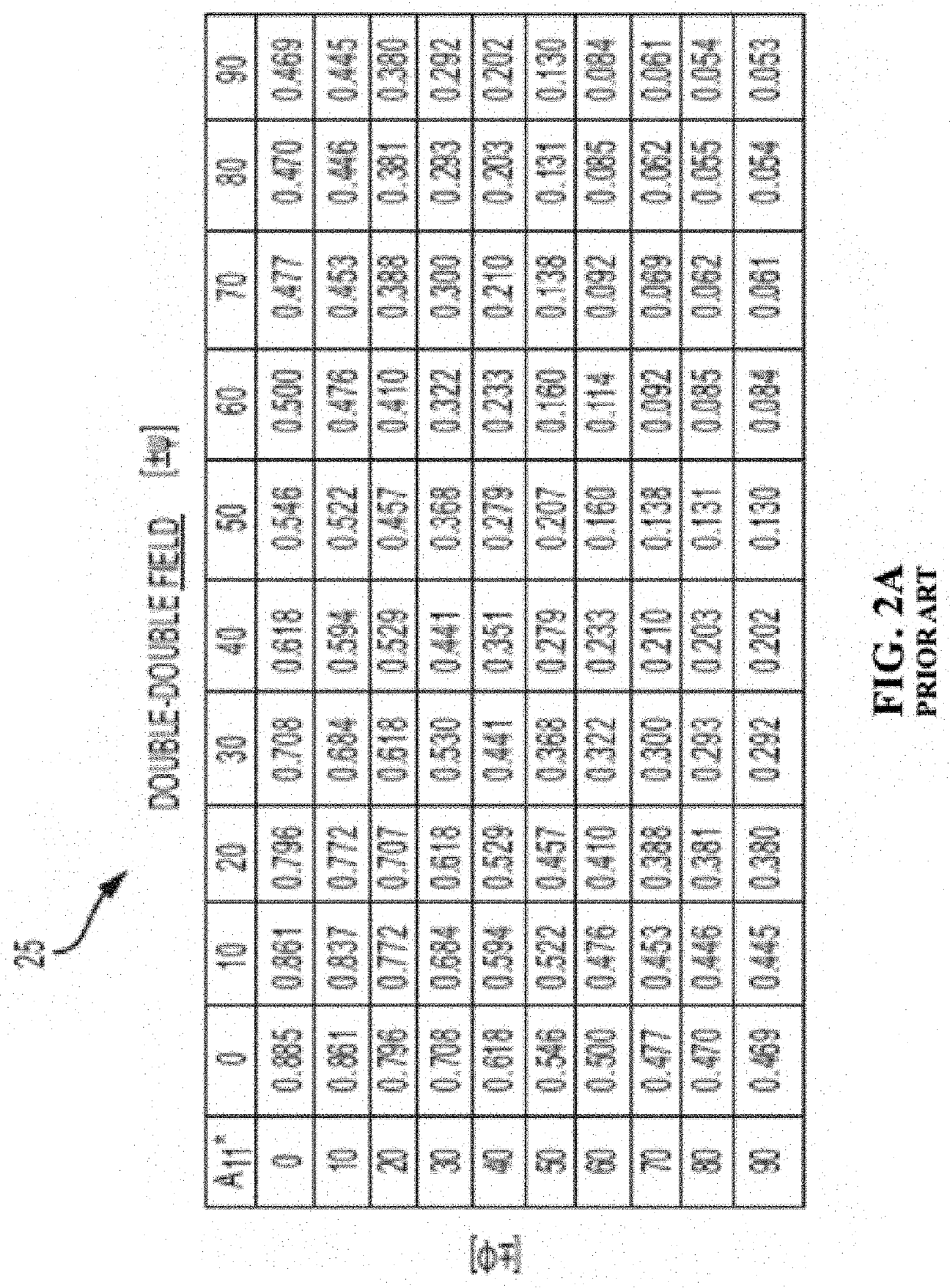Octogrid constructions and applications utilizing double-double laminate structures
a technology of double-laminated construction and double-laminated structure, which is applied in the direction of machines/engines, transportation and packaging, and other domestic objects, can solve the problems of inability to optimize, inability to use legacy quad composites in those contexts, and issue of minimum gauge, etc., and achieve the effect of optimizing various advantageous characteristics
- Summary
- Abstract
- Description
- Claims
- Application Information
AI Technical Summary
Benefits of technology
Problems solved by technology
Method used
Image
Examples
Embodiment Construction
[0046]The present invention now will be described more fully hereinafter with reference to the accompanying drawings, in which some, but not all embodiments of the invention are shown. Indeed, this invention may be embodied in many different forms and should not be construed as limited to the embodiments set forth herein; rather, these embodiments are provided so that this disclosure will satisfy applicable legal requirements. Like numbers refer to like elements throughout.
[0047]Conventional Laminate Characteristics
[0048]As mentioned previously herein, conventional legacy quad laminates were made of collections of [0], [±45] and [90] ply configurations. These laminates were discrete and not possible to interpolate due to a variety of self-inflicted constraints (e.g., fixed angles, symmetry, etc.). To have more directional properties, plies had to be added to their sub-laminates, which in turn increased weight and decreased design flexibility of laminate structures due to thickness. ...
PUM
| Property | Measurement | Unit |
|---|---|---|
| angle | aaaaa | aaaaa |
| angle | aaaaa | aaaaa |
| angle | aaaaa | aaaaa |
Abstract
Description
Claims
Application Information
 Login to View More
Login to View More - R&D
- Intellectual Property
- Life Sciences
- Materials
- Tech Scout
- Unparalleled Data Quality
- Higher Quality Content
- 60% Fewer Hallucinations
Browse by: Latest US Patents, China's latest patents, Technical Efficacy Thesaurus, Application Domain, Technology Topic, Popular Technical Reports.
© 2025 PatSnap. All rights reserved.Legal|Privacy policy|Modern Slavery Act Transparency Statement|Sitemap|About US| Contact US: help@patsnap.com



